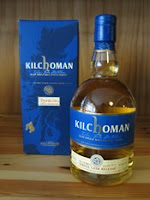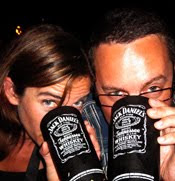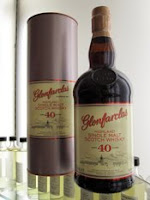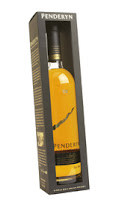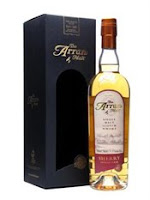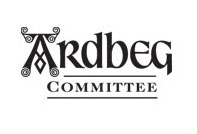 A pioneering micro distillery
A pioneering micro distillerySt. George is a single malt whiskey that is produced in Alameda, a town in the western American state of California. It is made by a company called St.George Spirits, which was founded in 1982 by Jörg Rupf. He arrived in California from Freiburg in Germany, where several generations of his family had run a successful business brewing beers and distilling eaux de vie (fruit brandies). St. George was America's first eau de vie distillery and it made Rupf one of the forefathers of the American micro distillery movement, which is currently booming.
The St. George single malt whiskey was first released in 2000 and in addition their portfolio now includes numerous fruit eaux de vie, fruit liqueurs, vodka, absinthe (they were the first place to legally distill this in the USA since the early 1900s) and agua azul (a spirit made with 100% agave, but that can't legally be called tequila). This boutique single malt is released at 3-4 years of age and is bottled at an alcoholic strength of 43% ABV. It is still hard to find in the UK and is very much in the domain of the independent specialist whisky retailers such as Royal Mile Whiskies or The Whisky Exchange.
So, not the English stuff then?
It is easy to confuse the two, as the English single malt whisky that has recently hit the market also carries the name of St. George. This is compounded by both having the St. George's cross and a dragon on their labels! The American single malt is made using barley grown in California and this is heavily roasted once the germination stage of the malting process has taken place. They then smoke the barley over beech and alder wood and the smoke is imparted to give different and smoky flavours. Once fermented, the wash is distilled in small batches in the smallest commercial pot still in North America. Only 50 gallons (190 litres) of single malt are produced a day and this is then mostly matured in ex-bourbon casks. Other casks, such as French oak and Port, are also used occassionally.
Our tasting notes
The colour of this St. George single malt is a light golden yellow and the nose is full of youthful vibrancy. The nose has plenty of bourbon cask influence - vanilla, honey, oak, cereals and toffee - but has an unusual edge to it. This 'edge' is reminiscent of hops and gives the whisky a distinct aroma of a hoppy beer or ale. There are also notes of green apple and citrus zest (especially lemon). On the palate, the freshness from the nose is maintained with the crisp apple and lemon zest particularly prominent. These are followed by some creamy vanilla, sweet honey and slightly bitter cereal notes. A hint of raw spirit, the hops from the nose and a hint of warm spices (think of ginger and nutmeg) round things off. The palate is reasonably basic and refreshing but tastes different to most other single malts that we have sampled to date, mostly because of that hoppy note. The finish is short and initially sweet with the honey and vanilla evident, before it turns drier and slightly more bitter. The nutmeg spice reappears right at the end. A young but very interesting whiskey.

